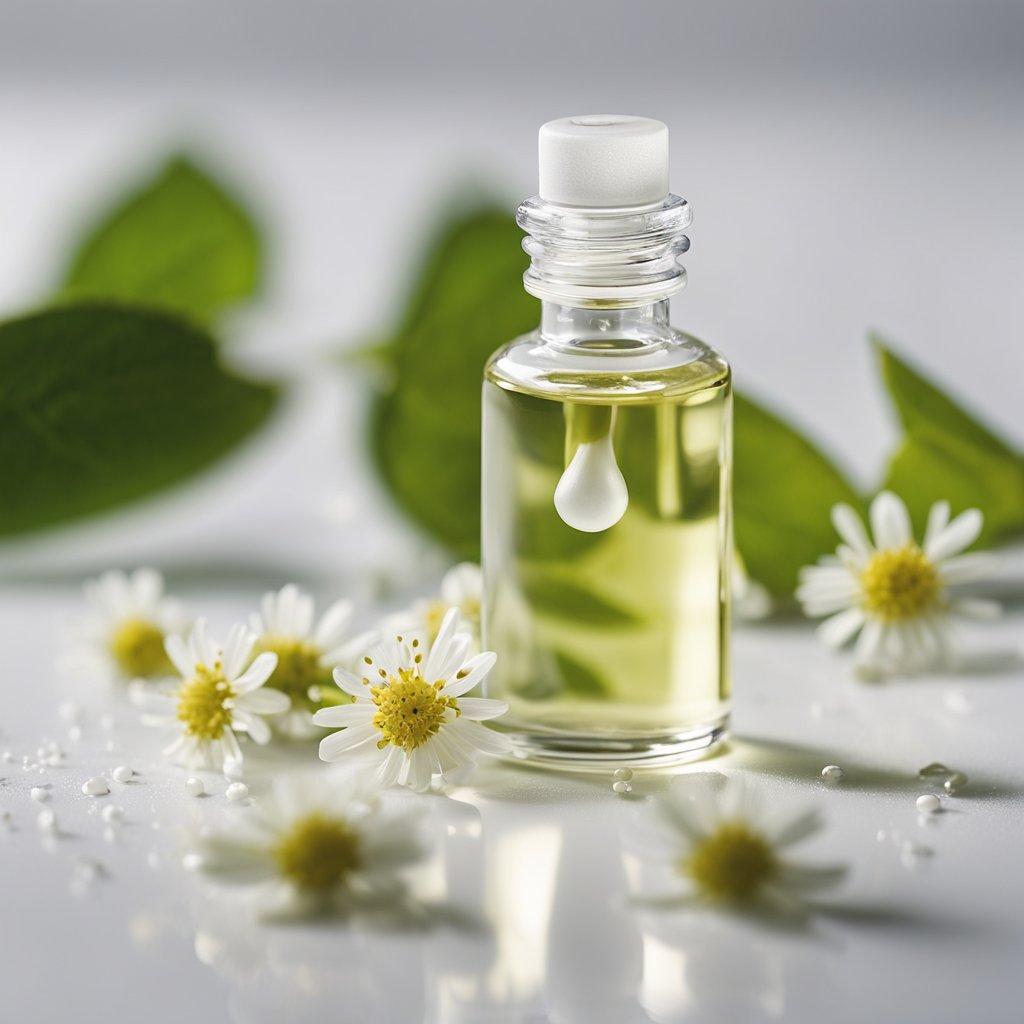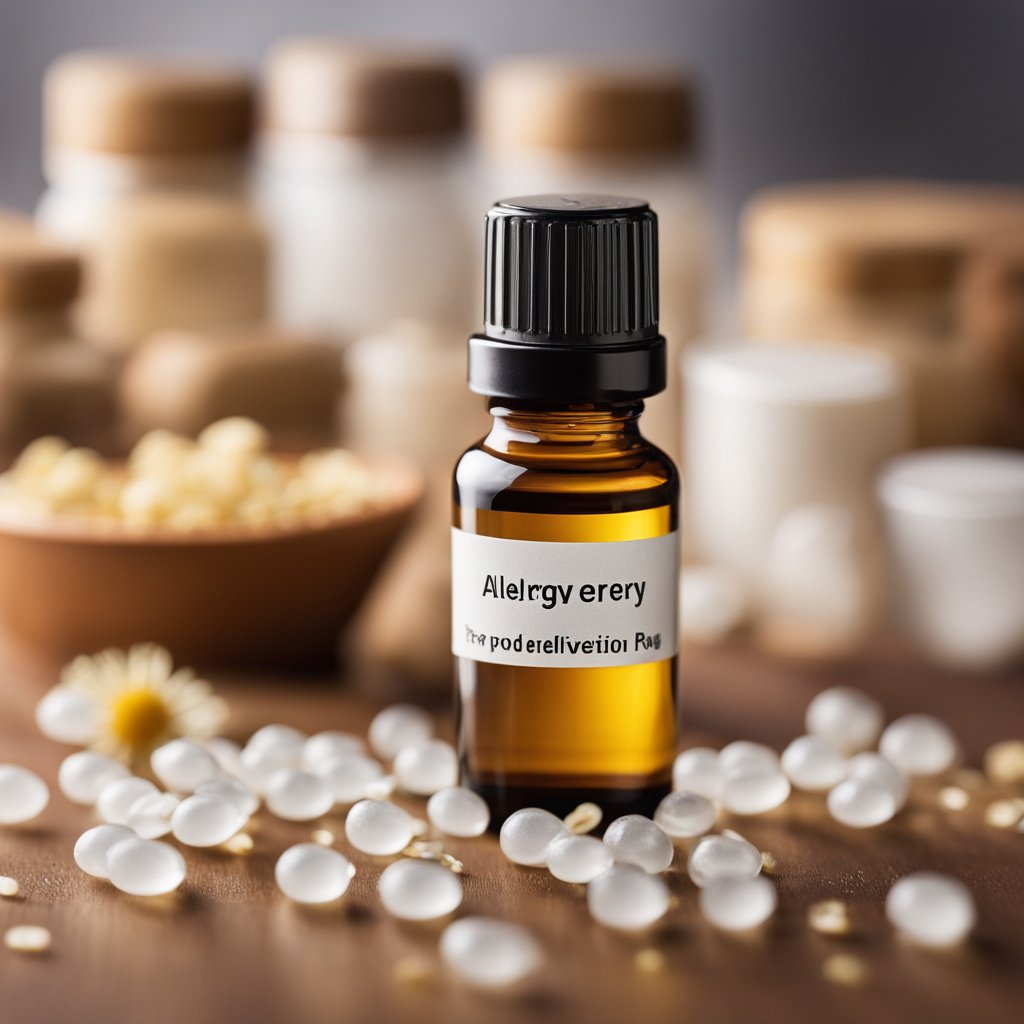Allergy season brings with it a host of uncomfortable symptoms, not least of which are the eye-related issues many people suffer from. Red, itchy, and watery eyes can significantly impact daily life, often requiring an effective solution to mitigate these symptoms. Finding the best allergy eye drops is a quest for many allergy sufferers, and the market has a variety of options to offer. These range from over-the-counter solutions to prescription-only formulations, each designed to target different aspects of allergic reactions in the eyes.

Understanding the active ingredients is crucial, as each plays a role in how eye drops alleviate symptoms. Antihistamines, for example, are ideal for quick relief from itching and redness, while mast cell stabilizers are used for preventive care, taking more time to take effect but offering longer-lasting relief. Moisturizing drops, often referred to as artificial tears, help address the dryness that can come with eye allergies. With a broad spectrum of products available, it’s essential to consider the cause and severity of symptoms when choosing the most suitable eye drops.
Key Takeaways
- Allergy eye drops offer relief for symptoms like redness, itching, and dryness.
- Active ingredients and their functions vary, making some drops better for immediate relief and others for long-term care.
- It’s important to match eye drop types with specific allergy symptoms for effective treatment.
Understanding Allergies and Eye Symptoms

Allergies can significantly impact the eyes, often through allergens such as pollen, dust, and pet dander. I’ll examine the various allergens that can trigger eye symptoms and detail the common signs of allergic reactions affecting the eyes.
Types of Allergens
-
Pollen: Typically associated with seasonal allergies, pollen can cause significant irritation when it comes into contact with the eyes.
-
Dust: Found indoors and out, dust particles contain multiple allergens that can lead to allergic conjunctivitis.
-
Pet Dander: Proteins found in the skin flakes, urine, and saliva of pets can cause an allergic response.
These substances trigger the immune system, which mistakes these normally harmless elements for invaders, leading to allergic reactions.
Common Symptoms of Eye Allergies
-
Itchy Eyes: A telltale sign of an allergic reaction, often causing a reflex to rub the eyes.
-
Redness: Blood vessels in the eyes become inflamed due to an immune response.
-
Burning Sensation: This uncomfortable feeling is a direct response when allergens contact the eye.
-
Watery Eyes: A defense mechanism of the eyes to flush out allergens.
My discussion highlights the central role that allergens play in causing discomforting eye symptoms, which are typically the body’s defense against these substances.
Overview of Allergy Eye Drops
When selecting allergy eye drops, it’s essential to consider the active ingredients, their availability as either prescription or over-the-counter solutions, and their suitability for your specific allergy symptoms.
Choosing the Right Eye Drops
I recommend considering the specific allergy symptoms you’re experiencing. For mild to moderate allergies, OTC (over-the-counter) eye drops may suffice. These often include artificial tears to alleviate dryness, antihistamines to reduce itching, and vasoconstrictors to diminish redness. On the other hand, more persistent cases might require prescription eye drops, which could contain stronger antihistamines, mast cell stabilizers, or a combination of these.
Key Ingredients in Eye Drops
The effectiveness of allergy eye drops largely depends on their active ingredients. Common ones include:
- Antihistamines: Relieve itching and redness by counteracting the effect of histamine.
- Decongestants (Vasoconstrictors): Reduce redness by shrinking blood vessels.
- Mast Cell Stabilizers: Prevent the release of histamine and other chemicals that cause allergy symptoms.
- Artificial Tears: Provide lubrication, which can ease the discomfort associated with allergens.
Prescription vs. Over-the-Counter
It is important for users to know whether they’ll need a prescription or if an OTC option is adequate. OTC eye drops are typically sufficient for temporary relief of mild symptoms and are more readily accessible. On the other hand, prescription eye drops may offer longer-term relief and are necessary for more severe symptoms, as they often have formulations that are not available OTC, such as once-a-day drops with both antihistamines and mast cell stabilizers.
Top Recommended Allergy Eye Drops
When selecting the best allergy eye drops, it’s important to choose those that target specific symptoms effectively and offer relief from the discomfort caused by allergens such as pet dander, dust, and pollen. Here are my top picks, categorized by their mechanism of action.
Antihistamine Eye Drops
Olopatadine is a key ingredient in antihistamine eye drops like Pataday and Alaway. These are over-the-counter (OTC) medicines that specifically block histamines to reduce symptoms like itchy, watery eyes. According to pharmacists, Bausch + Lomb Alaway Antihistamine Eye Drops, which contain ketotifen, are highly effective and provide quick relief.
- Pataday (Olopatadine)
- Fast-acting
- Once or twice daily dosing
- Alaway (Ketotifen)
- Up to 12-hour relief
- Suitable for ages three and up
Mast Cell Stabilizer Eye Drops
These eye drops prevent the release of inflammation-causing chemicals from mast cells. While they may take longer to take effect, these drops are beneficial for long-term management and are a good option for individuals who experience allergy symptoms regularly.
- No specific product names provided
- Typically require regular, scheduled use for optimal effectiveness
Multi-Action Eye Drops
Multi-action or dual-action eye drops combine antihistamines with mast cell stabilizers for comprehensive benefits. Some examples include ingredients like naphazoline and pheniramine, which not only block histamines but also help to stabilize mast cells to prevent future allergic reactions.
- Look for drops that offer both immediate and long-term relief
- Especially useful for people with persistent or severe allergy symptoms
Each category offers a range of products to suit various needs, from immediate, short-term relief to prevention and management of chronic allergy symptoms. Always consult a healthcare provider to determine which eye drops are best suited to your specific allergy eye relief needs.
Managing Allergy Eye Drops with Contact Lenses
In my experience, selecting appropriate allergy eye drops for contact lens users needs special consideration to ensure compatibility and avoid irritation.
Eye Drops for Contact Lens Wearers
When looking at eye drops formulated for allergy relief, I prioritize options that are labeled as safe for use with contact lenses. Preservative-free drops are often a go-to choice because they’re less likely to cause irritation to my sensitive eyes. I’ve found that many allergy eye drops for contact lens wearers come with specific instructions—some can be applied while the lenses are in, whereas others may require removing the lenses and waiting for 15 to 20 minutes post-application.
To help users make an informed choice, here is a structured breakdown of the options:
- Type of Drops: Antihistamine, mast cell stabilizer, or a combination
- Compatibility: Whether the drop is safe to use directly with contacts
- Presence of Preservatives: Preservative-free is preferred to minimize potential irritation
In my own routine, I’ve included eye drops such as:
-
ALCON Zaditor (Antihistamine)
- Safe with contacts: Yes (follow specific product instructions)
- Preservatives: No
-
Refresh Contacts
- Safe with contacts: Yes
- Preservatives: No
Eye drops with antihistamines like Zaditor address immediate allergy symptoms, while I’ve learned that those designed specifically for contact lens users, such as Refresh Contacts, provide lubrication that can help rinse allergens from the eye’s surface. The key is to carefully follow the manufacturer’s guidelines to protect my eyes and maintain the integrity of my contact lenses.
Safety Tips and Possible Side Effects
Before we explore safety tips and side effects, it’s crucial to know that allergy eye drops can offer relief but also come with certain risks if not used properly. Awareness of these factors ensures both effectiveness and safety in managing your symptoms.
Proper Usage and Precautions
When using allergy eye drops, I always follow the instructions on the label or as prescribed by my healthcare provider to prevent complications. I ensure the dropper doesn’t touch any surface, including my eye, to avoid contamination. For those wearing contacts, I remove them before application and wait at least 15 minutes before reinserting, as some eye drops contain preservatives that can be absorbed by contact lenses.
-
Preservatives: Some eye drops contain preservatives to extend their shelf life, which can cause irritation, especially with frequent use. Preservative-free options are available for individuals with sensitive eyes or who use eye drops frequently.
-
Glaucoma Patients: Individuals with glaucoma must consult their doctor before using any over-the-counter eye drops, as some ingredients could exacerbate the condition.
Side Effects of Allergy Eye Drops
While eye drops for allergies can provide relief, I’m aware that they can also cause side effects:
-
Common Side Effects: Often, I might experience temporary stinging, dryness, or irritation immediately after use. These are usually mild and diminish as my eyes adjust to the medication.
-
Rebound Redness: Overusing decongestant eye drops could lead to rebound redness, where the eye becomes even redder after the drops wear off. I make sure to use these types of drops only as directed.
Should any side effects persist or worsen, I know it’s important to seek medical advice, as they could indicate an adverse reaction requiring professional attention.